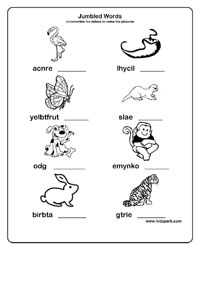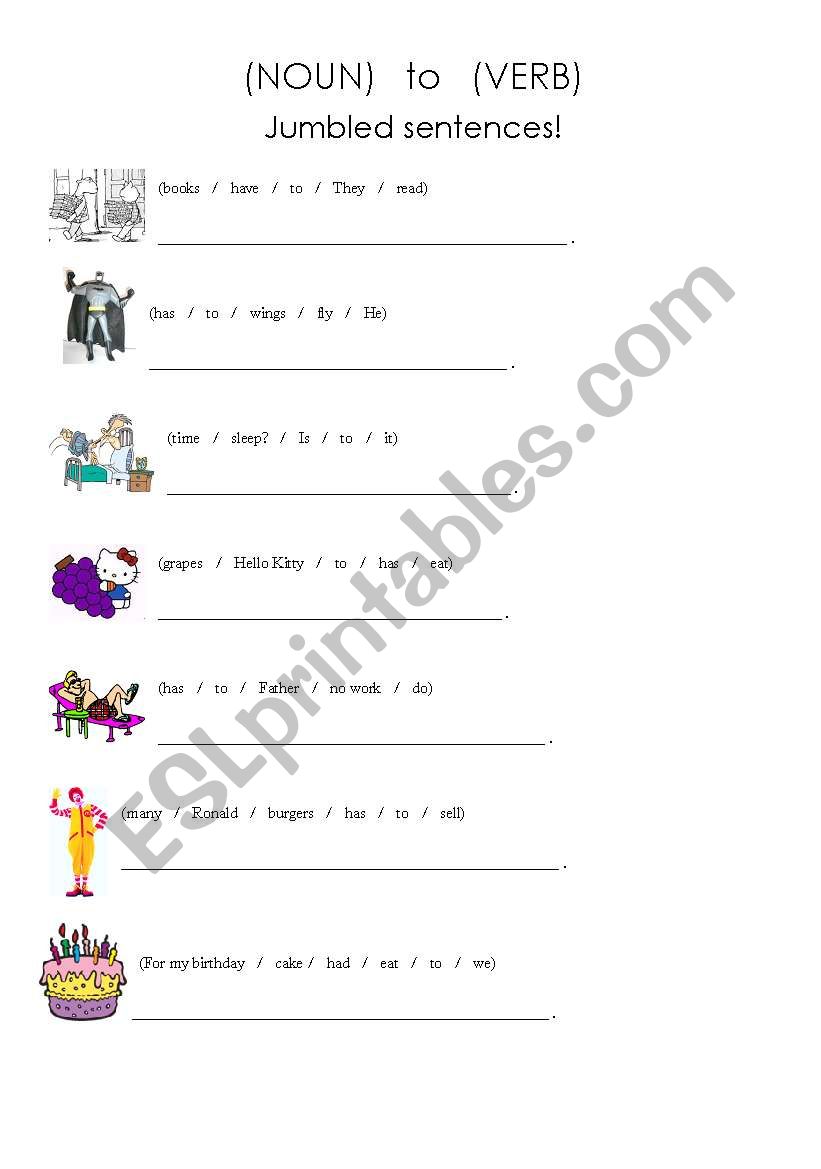
There is also a speaking activity if Afrikaans is your additional language. In Life Skills we will talk more about plants. We are going to do some great work today! We are going to describe number patterns, solve a story sum, use arrow notation to subtract (minus), do Mental Maths, subtract (minus) using the number line, practice our handwriting, unjumble words, read, and write captions for pictures. Try by yourself and sound out new words that you want to add by yourself before you ask for help. You can use some of the words that have been provided and also sound out and write any other words that you would like to use. Write – Write sentences for the picture: First talk about what you see in the picture and decide what you would like to write.

Remember that your voice needs to sound as though you are asking a question when there is a question mark. Think about where your voice needs to be louder or softer. If you get stuck on some of the words in the lists above, practice them some more. Only sound out the words in the blocks on the left and ask Mom or Dad to test how well you know them. You don’t need to learn or write the sentences – they are simply there to help you understand what the words mean. The new lists are available to print here. Phonics – New words: This week we are revising some of the new sounds that we have learnt. Make sure that letters start and stop in the correct place, try to touch the top and bottom lines and do not lift your hand whilst you write. Mental Maths and Handwriting: Because handwriting is assessed it is very important that special attention be given to the formation of letters.
#Jumble words for grade 1 download#
Number line – Subtraction: Download the template here. Always leave one line open before starting a new sum – as indicated by the orange crosses.ĭescribe number patterns, story sum and arrow notation: Mathematics is one of those subjects where you will always have to show how you got your answer, whether you are in Grade 1 or at university, so make sure to include all the steps for each type of sum. This is useful to keep on hand should you forget how each of the different methods in Maths is calculated. Maths methods – summary: A second page has been added. There are also some practice assessments available on the page. If you’re new here, the resources used for counting in multiples, sounds learnt (to be cut into sound cards to build words), phonics lists and reading sight words (to be cut out in order to flash the words) can be downloaded here.

We are going to do some great work today! We are going to describe number patterns, solve a story sum, use arrow notation to subtract (minus), subtract (minus) using the number line, do Mental Maths, practice our handwriting, unjumble words, read, and write captions for pictures.


 0 kommentar(er)
0 kommentar(er)
